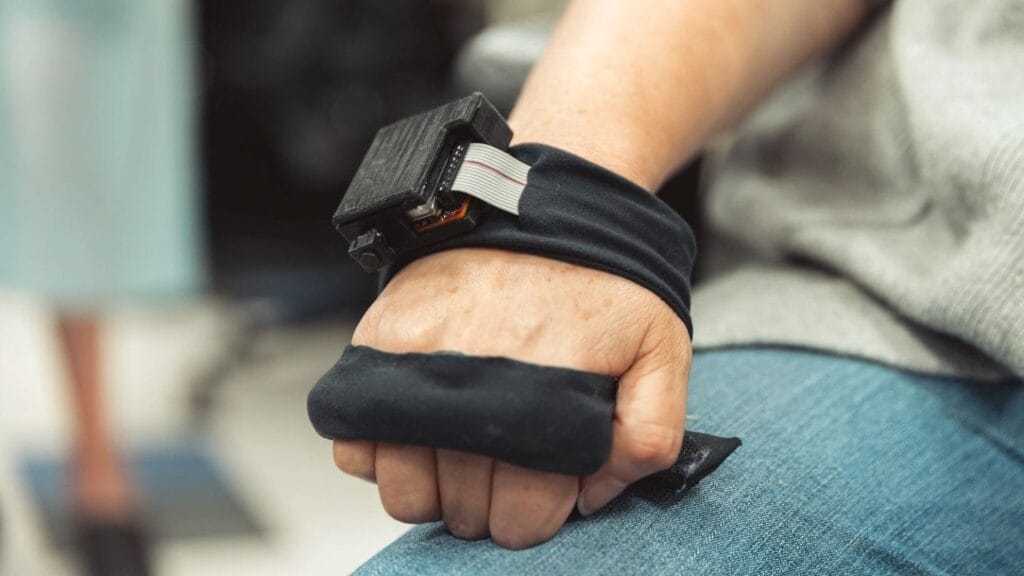
Uncontrollable hand vibrations are scary, but new research shows they can be stopped by controllable vibrations from a device.
Stroke survivors face several challenges, from rehabilitation to the threat of a repeat emergency, but one underlooked symptom are spontaneous hand tremors, which are caused by stroke-related brain damage.
A new wearable medical device, however, was able to produce better, more long-lasting control of those hand tremors when compared with drugs or injections, new research shows.
The study involved participants using the device for three hours a day for eight weeks, researchers explained.
The vibrotactile stimulation, or VTS, glove, is worn like a bandage that wraps around the wrist, palm and fingers, and it is attached to a small motor and can be worn as users perform other activities, according to information provided by the researchers.
Not only did the glove appear to show better symptom control for stroke rehab compared with alternatives, but the reduced tremors also appeared to last longer than injection alternatives, researchers reported.
Glove technology has been a common form of innovation to treat involuntary movement issues that older adults face due to stroke, Parkinson’s disease or other neurologic disorders.
Interestingly, although some of the glove devices appear similar, their mechanical tech can vary widely.
For instance, a recently unveiled “GyroGlove,” which was presented at last month’s Consumer Electronics Show, tackles Parkinson’s tremors by using spinning gyroscopic stabilization, whereas a wristwatch device that already is available, the Cala KIQ system, works via electrical nerve stimulation.
Members of the research team, composed of engineers from Stanford University and the Georgia Institute of Technology, said that they recently received grant funding for further studies to evaluate optimal design and long-term effects and to prepare commercial models of the tool.


